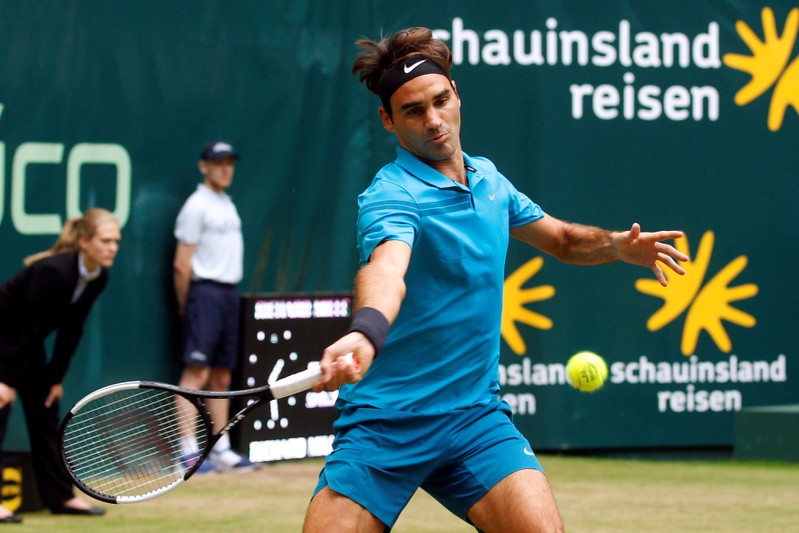
Decadent drinks topped with whipped cream are taking a back seat, as Starbucks continues to tweak its strategy on how to reverse more than a year of weak sales.
But according to some analysts, that may not solve the beverage giant’s growing list of problems.
Starbucks’ blended Frappuccino beverages, which were once a major driver of sales growth for the company, are no longer resonating with customers. At the height of their popularity, these quirky treats helped bolster sales and got people to walk through the door in droves. However, that interest is waning.
In 2015, Frappuccinos were 14 percent of Starbucks revenue: Year-to-date, however, the drink’s sales are down 3 percent — and now account for only 11 percent of the company’s revenue.
The company’s last successful Frappuccino launch came more than a year ago, in the form of the pink-and-blue Unicorn Frappuccino.
The company is now throwing more support behind its refreshment category, which includes Teavana branded iced teas and “Refreshers,” a line of fruity, lightly-caffeinated drinks. These beverages tend to have less calories and less caffeine than their coffee counterparts.
“What we’re seeing is…consumers shifting to healthier beverage choices, better-for-you beverages,” Kevin Johnson, Starbucks CEO, said at an Oppenheimer conference Tuesday. “We see that in our Teavana Shaken Iced Teas and we see that in our refreshment portfolio.”
This category has grown to 12 percent of Starbucks’ revenue in the year-to-date period, up from 11 percent in 2015. Since January, sales are up 14 percent from the same period a year ago.
However, these healthier drinks may not be enough to turnaround poor sales and traffic trends.
“The Frappuccino conversation was interesting,” Nicole Miller Regan, analyst at Piper Jaffray, told CNBC.
She added that the firm’s research doesn’t suggest “mid-America as being caloric, nutrition, sugar or dairy conscious. If [they] were, you would see that play out in a broader restaurant landscape and it does not. So, I don’t think that’s why Frappuccinos didn’t work,” Miller-Regan said. “It was something that got tired.”
Starbucks’ sales slump has left some wondering if the company can stand up to ongoing craft coffee competition and dissipating customer loyalty.
“I don’t know if this is enough for comps to be different in one quarter, two quarters or three quarters,” Regan said.
Starbucks was once considered the pinnacle of menu innovation. The cafe tapped the pumpkin spice trend years before other restaurants, and helped popularize other drink staples like matcha, almond milk and cold brew.
However, in the last two years there has been a “void in innovation,” R.J. Hottovy, analyst at Morningstar, told CNBC.
“I think if you look at the past four or five quarters, I think what the market has been concerned about is almost every quarter we’ve had something about a product initiative not connecting as well with consumers,” he said.
Most recently, Starbucks’ limited-time holiday drink offers fell flat, as did March’s launch of the Crystal Ball Frappuccino.
The beverage giant will “bring out the new wave of Frappuccino or the new drink, but they are not really revolutionary,” Neil Saunders, managing director at GlobalData, told CNBC. “So, what I think they need to do is to add more points of difference to the menu.”
All major quick-service restaurants go through patches of poor sales, particularly as they grow and expand their footprint, according to David Henkes, principal at research and advisory firm Technomic.
“Certainly consumers shifting away from sugary drinks can impact [Starbucks’] menu and business, but I think that’s a secondary or tertiary issue for them,” Henkes said.
McDonald‘s faced similar issues as Starbucks several years ago, when menu innovation stagnated and diners couldn’t be lured into its restaurants. To solve the problem, the burger giant introduced All-Day Breakfast, plus a line of upscale burgers and chicken sandwiches. It also improved its digital ordering platform, revamped many of its eateries, and began offering delivery.
Meanwhile, Starbucks has oversaturated the U.S. market with more than 14,000 locations and will shutter 150 company- owned stores in 2019. Many of its locations, particularly in big cities, are cannibalizing each other’s business.
While 150 stores may seem like a drop in the bucket for a sprawling company like Starbucks, that is three times the number it usually closes annually. The company’s overall number of stores will continue to increase, but the growth will be more focused, Starbucks said.
While many analysts agree that store closures are the appropriate strategy, they still question if it will be enough to make an impact, at least in the near term.
“It’s going to take some time and with that, the natural question that comes up is how much patience are investors going to have?” Hottovy said.
Year to date, Starbucks’ stock is down almost 14 percent. Hottovy added that the stock’s recent slide “was a clear signal that investors are getting fed up with the under performance.”

